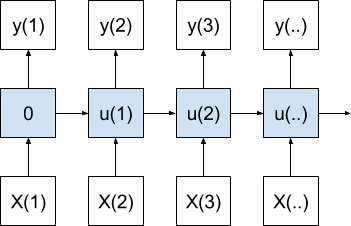How to Scale Data for Long Short-Term Memory Networks in Python
Last Updated on August 5, 2019 The data for your sequence prediction problem probably needs to be scaled when training a neural network, such as a Long Short-Term Memory recurrent neural network. When a network is fit on unscaled data that has a range of values (e.g. quantities in the 10s to 100s) it is possible for large inputs to slow down the learning and convergence of your network and in some cases prevent the network from effectively learning your […]
Read more








